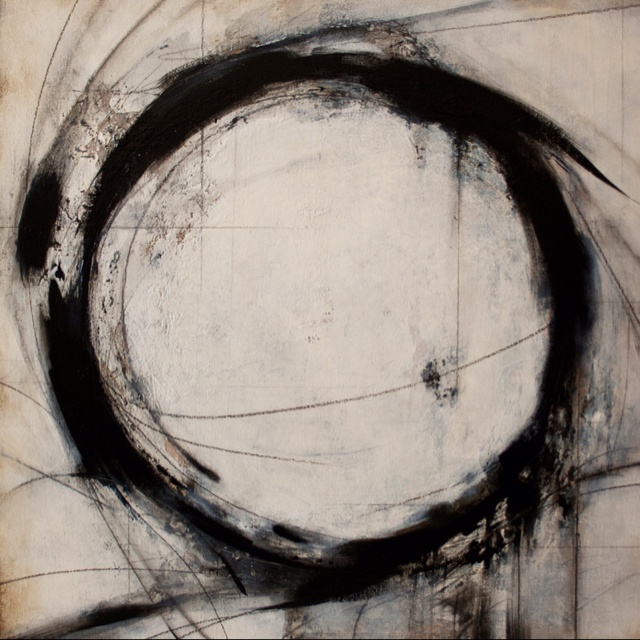Dear Integral Meditators,
What are the essential skills that you need in order to transform negative stress into positive energy? The article below is a summary of the fundamental skills needed to effect transformation.
Yours transformatively,
Toby

The Four Essential Stages to Transforming Negative Stress into Positive Energy
When you think of the word stress, what sort of images, ideas and associations come to mind? It might be a nice idea just to pause for a few moments before you read on and explore this question for a few moments in order to connect to your own personal experience of stress.
This article starts with the assertion that stress in and of itself is a neutral energy that can be experienced in a positive or negative way, and that, to a large degree our experience of stress is defined by our approach to the stressful situation, rather than the situation itself.
So what is positive and negative stress? Here are some working definitions:
- Negative Stress is: Any form of stress that inhibits our ability to respond of adequately, appropriately and successfully to the challenges of life, and to learn from such challenges
- Positive stress is: Any form of stress that improves our ability to respond adequately, appropriately and successfully to the challenges of our life, and to learn from such challenges.
So, what then are the four stages of transforming your stress?
- You have to believe and understand that your negative stress is simply energy that is moving in an inappropriate pattern – For example, if you are feeling anxious, aggrieved and stressed because you are feeling mis-treated by a colleague at work, you have to take the perspective that the situation is highlighting your own inability to deal with aggressive people. Thus it is offering you a positive opportunity to learn how you can deal with such people and learn to thrive on the pressure of their presence.
- You have to cease resisting and fully acknowledge your negative stress – When you feel negative stress, the instinct will generally be to avoid, deny and repress the feelings associated with the stress because they make you feel uncomfortable. Whilst your negative stress remains denied and repressed it cannot be transformed. Thus in order to begin transforming it you first need to acknowledge that you have it, and bring it fully into the conscious mind. Continuing the example of the aggressive colleague, you need to fully acknowledge the feelings of anxiety, fear, anger and intimidation that you may feel around them, and explore fully the discomfort that you feel; you need to become comfortable with the discomfort that negative stress causes you.
- You have to have an idea of what your current negative stress can be turned into – With step 2 firmly in place, you can then try and identify ways in which you can re-contextualize the situation so that it becomes positive stress and not negative stress. Using our example, we identify our office colleague as a person who is helping us to become positively and politely assertive, and to learn how to hold our own when in their presence. It becomes positive stress not because all of a sudden we become totally comfortable with it, but because we understand that the experience is taking us somewhere and teaching us something valuable.
- You have to practise the transformation repeatedly – With your aggressive colleague, the practice them becomes learning how to become comfortable in their presence, even when they are trying to intimidate, to respond firmly, politely and clearly to their negative comments, and to use them to become stronger, more capable, more evolved human beings. The situation becomes an environment where you learn to become a master of life rather than a victim of it.
For your own practice then, simply select a life experience that is currently negatively stressful for you, and apply these four stages to it, see where they take you….
© Toby Ouvry 2013, you are welcome to use or share this article, but please cite Toby as the source and include reference to his website www.tobyouvry.com

 The Way of the Rat
The Way of the Rat


 Shifting Down the Gears – On Meditation and Power Napping
Shifting Down the Gears – On Meditation and Power Napping

 How Much Happiness Are You Prepared to Tolerate?
How Much Happiness Are You Prepared to Tolerate?